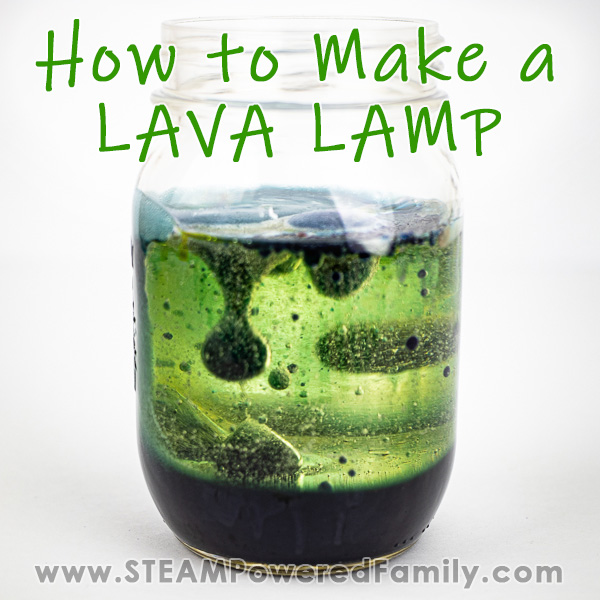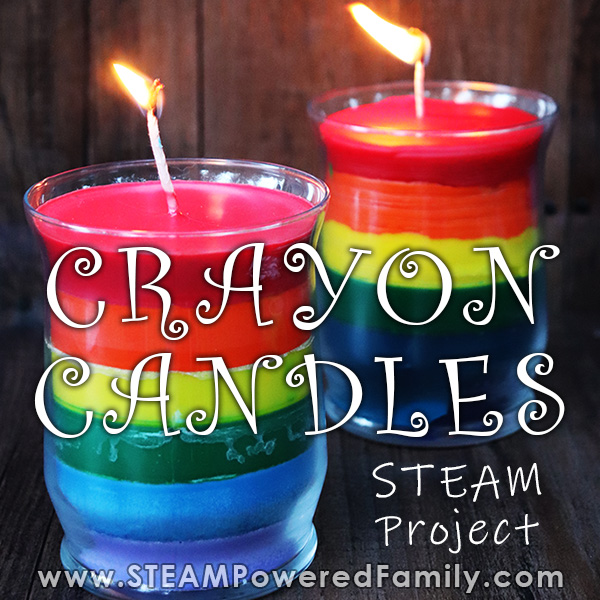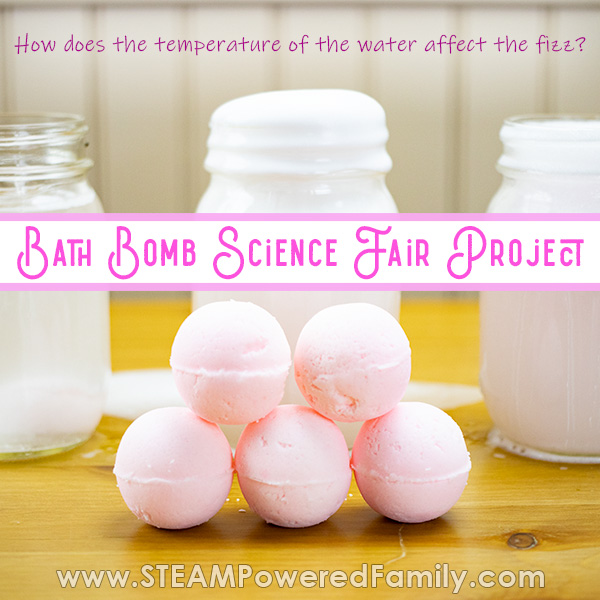Sky Science
Often it’s one of the earliest science questions a child asks – why is the sky blue? Later on they may ask, why it changes color at sunrise and sunset. Over the years we have explained the phenomenon of sky color to our son. Although he understood the words, it was only when we did this experiment that he really got the science behind sky color.
Sky Experiment – The Colours of Sunset Explored
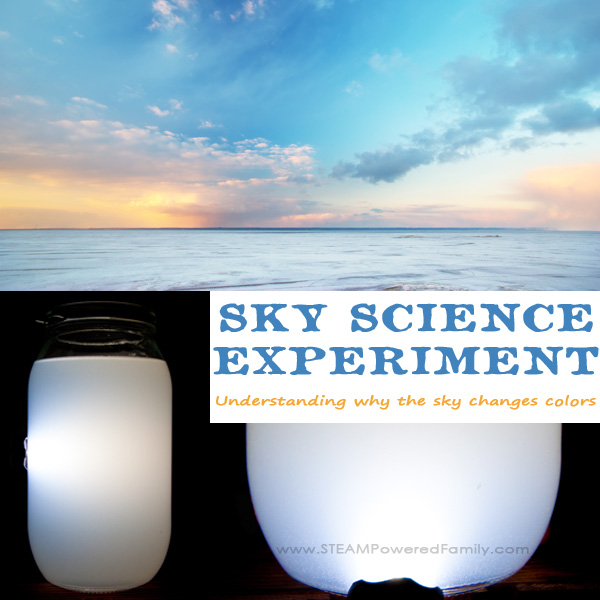
Particles in the air and atmosphere make the colors. When the sunlight travels through more atmosphere we see pinks and oranges in the sky.
This was the answer my son would rattle off if asked about sky colors. He has been spouting off the science for so long he didn’t even think about it anymore.
We live on the prairies, it’s farming country and the effect of particles in the air on sky and moon color is very common here. The orange harvest moons? That is caused by dust in the air due to harvesting of crops and we get those orange moons every fall. We also get spectacular sunrises and especially sunsets. Truly, they are amazing!
Growing up here my son quickly learned the science behind what he was seeing the skies. Sky science is a favorite topic of his. Actually almost any science is a favorite with him! But what does he love more than talking about science? Doing experiments!
This sky science experiment was a big hit, eliciting a big WOW! Plus it was so quick and simple to do. You can do it right now!
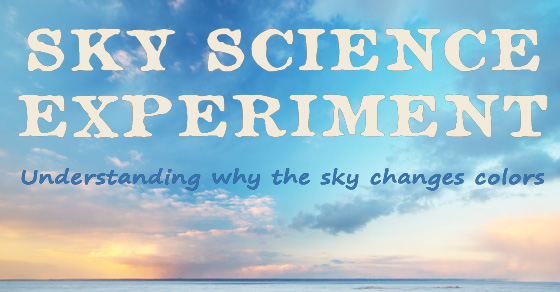
Supplies for Sky Science Experiment
Smooth sided glass container or cup
Water
Milk
Flashlight
A dark room
That’s it!
Demonstrating Why The Sky Changes Color
Start by filling your glass container with water, leave some room at the top. Add some milk and mix it in. We did a few different mixes to see how adding more or less milk affected the results. Play with the ratios, that’s the great thing about this experiment, seeing how it changes the results when we change the ratios.
Note: Whole milk works the best.
Now go into your dark room and hold the flashlight under the bottom of the glass.
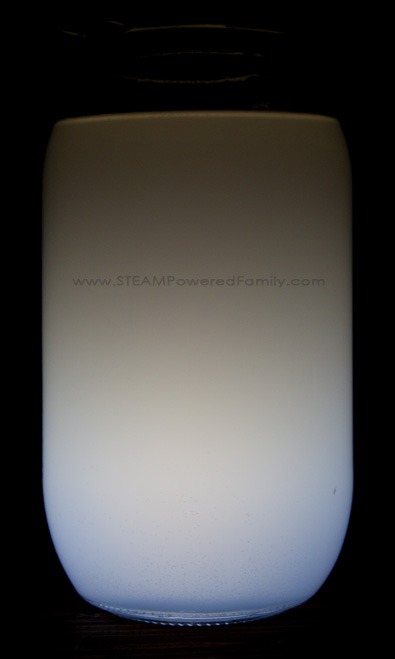
Sky Colors
You will notice that close to the flashlight beam the liquid takes on a blue hue, but the farther you move through the liquid the more orange it appears. The orange should be especially evident if you look down into the glass while someone holds a flashlight on the bottom.
Play around with the position of the flashlight and how much milk you add to see how it changes the results. We had lots of subtle changes.
Holding the flashlight on the side brings the blues up the side of the glass with the orange on the other side.
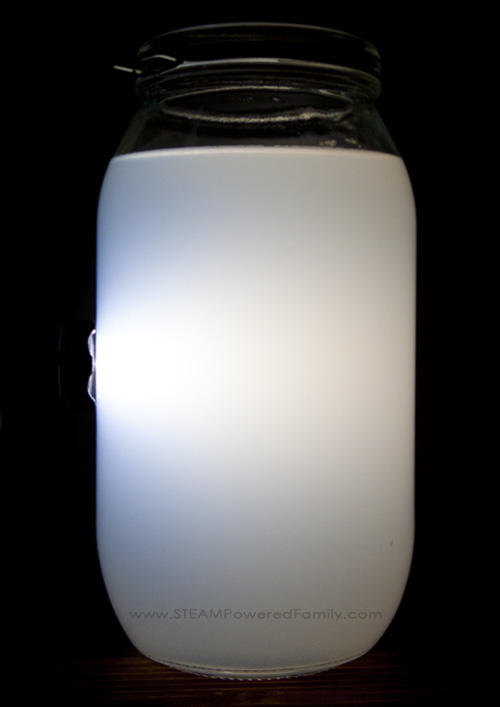
Holding the flashlight at an angle at the bottom front creates another pattern, but always blue closest to the light and orange farther away.
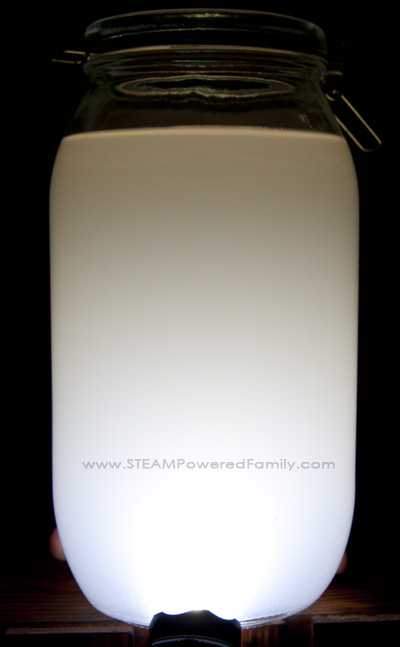
This simple experiment demonstrates how particles in the air scatter light resulting in the beautiful colors we see in the sky. For a more in-depth explanation, here is a great article with diagrams on NASA.


